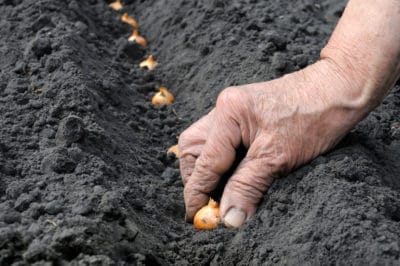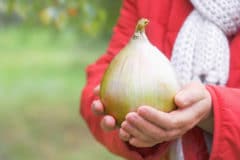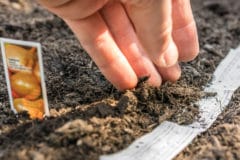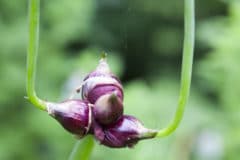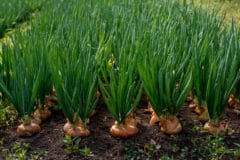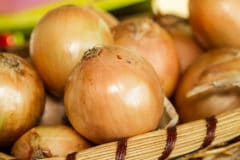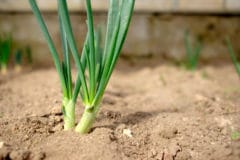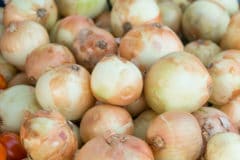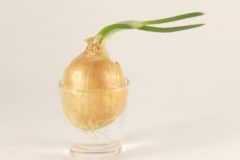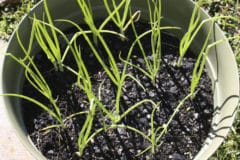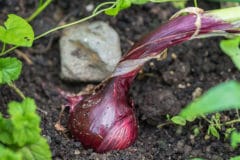Choosing an Onion Variety
Before you plant your onions, choose the right one for your climate and growing season. Here are a few onion types to select for planting, depending on your area:
- Northern U.S. – If you live in the northern parts of the U.S. from San Francisco straight across to Washington, D.C., you’re in USDA zone 6. This area has long summer days, so choosing long-day onions grow best in the northern U.S.
- Southern U.S. – If you live in the southern parts of the U.S. from the middle of South Carolina across to the middle of Texas, you’re in USDA zone 7. Summer in these southern areas are about the same for most of the year, so you can choose short-day onions for your garden.
- Middle U.S. – The middle of the country falls into USDA zones 5 and 6. If you live in this area, choosing intermediate or day-neutral onions would be your best bet. These onions can grow anywhere, but they thrive in this climate.
Soil Conditions for Planting Onions
Once you choose the onion variety you want to plant, select a sunny area that has well-drained, fertile soil. For the best results, the soil should have a pH of 6.0 to 6.5 and rich in organic matter. If you’re not sure about the nutrients in your garden soil, you can use a home soil test kit to determine what nutrients your soil needs. Add organic fertilizer to increase the nutrients in your garden soil.
How Deep to Plant Onion Bulbs
Once you’ve tilled your garden, removing all the stones and debris, rake it smooth. Use your garden hoe to dig furrows that are 1 to 1.5 inches deep, depending on the size of your onion bulbs or seedlings. If you’re planting more than one row of onions, make the rows 12 to 15 inches apart. Plant your bulbs or transplants in the furrows about 3-inches apart. Press the bulbs into the soil, covering them with more soil. Allow the onion tops to just pop through the soil.
